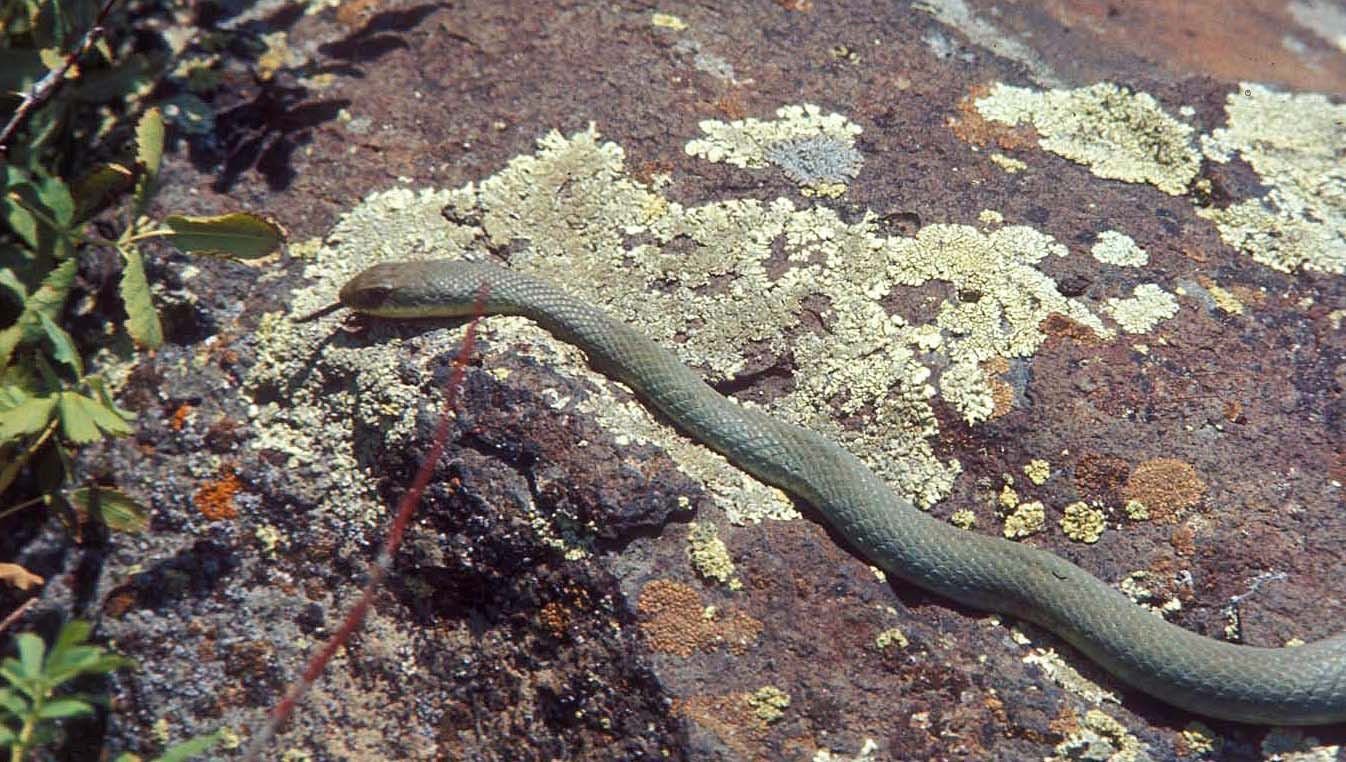

You may redistribute it, verbatim or modified, providing that you comply with the terms of the GFDL.C.
EASTERN RACER FREE
It is used under the GNU Free Documentation License. The text in this page is based on the copyrighted Wikipedia article shown in above URL. Southern Black Racer, Coluber constrictor priapus (Dunn & Wood, 1939) Mexican Racer, Coluber constrictor oaxaca (Jan, 1863)Įverglades Racer, Coluber constrictor paludicola (Auffenberg & Babbitt, 1955) Tan Racer, Coluber constrictor etheridgei (Wilson, 1970)Įastern Yellowbelly Racer, Coluber constrictor flaviventris (Say, 1823)īlue Racer, Coluber constrictor foxii (Baird & Girard, 1853)īrownchin Racer, Coluber constrictor helvigularis (Auffenberg, 1955)īlackmask Racer, Coluber constrictor latrunculus (Wilson, 1970) Northern Black Racer, Coluber constrictor constrictor (Linnaeus, 1758) Racers have been known to lay their eggs in communal sites, where a number of snakes, even those from other species, all lay their eggs together.īuttermilk Racer, Coluber constrictor anthicus (Cope, 1862)

Maturity is reached in approximately 2 years. The 8-10" long juvenile racers hatch in the early fall. Around a month later the female will lay anywhere from 3 to 30 eggs in a hidden nest site such as a hollow log, an abandoned rodent burrow, or under a rock. Mating takes place in the spring, from April until early June. They are usually not far from an area of cover to hide in. Most racers prefer open, grassland type habitat where their keen eyesight and speed can be readily used, but they are also found in light forest and even semi-arid regions. They are curious snakes with excellent vision, and are sometimes seen raising their head above the height of the grass they are crawling in to view what is around them. Racers typically prefer to make use of their speed to flee when confronted by a potential predator, and if handled they generally do not hesitate to bite, and sometimes release a foul smelling musk from their cloaca. Most smaller prey items are simply swallowed alive. Despite their scientific name of constrictor, they do not really employ constriction, instead simply subduing struggling prey by pinning it bodily, pressing one or two coils against it to hold it in place instead of actually suffocating it. Juveniles often consume soft-bodied insects, such as crickets and moths. Their diet consists primarily of rodents, frogs, and lizards, and some subspecies are known to climb trees in order to eat eggs and young birds. Racers are fast moving, highly active, diurnal snakes. The pattern fades out to a solid color as the snake ages. Juveniles are often more strikingly patterned, with light grey or tan overall color, with green, grey and black blotching. All subspecies have a lighter colored underbelly: white, a light tan or yellow in color. Most are solid colored as their common names imply, black, brown or green. Their patterns vary widely between subspecies. Racers typically grow to around 3½ feet (107 cm) long, but some subspecies are capable of attaining lengths of 6 feet (1.8 m). There are currently 10 recognized subspecies. They are primarily found throughout the United States, east of the Rocky Mountains, but they range north into Canada, and south into Mexico, Guatemala and Belize. Author Patrick Coin ( )īascanion constrictor Baird & Girard, 1853Ĭoryphodon Constrictor Dum?ril & Bibron, 1854Ĭoluber constrictor is a species of non-venomous, colubrid snakes commonly referred to as the eastern racers. Location: Durham County, North Carolina, United States.Photograph taken by Patrick Coin.

Northern Black Racer, Coluber constrictor constrictor, detail of head as snake was "periscoping" near a sidewalk. Eastern Racer ( Coluber constrictor) - Wiki


 0 kommentar(er)
0 kommentar(er)
